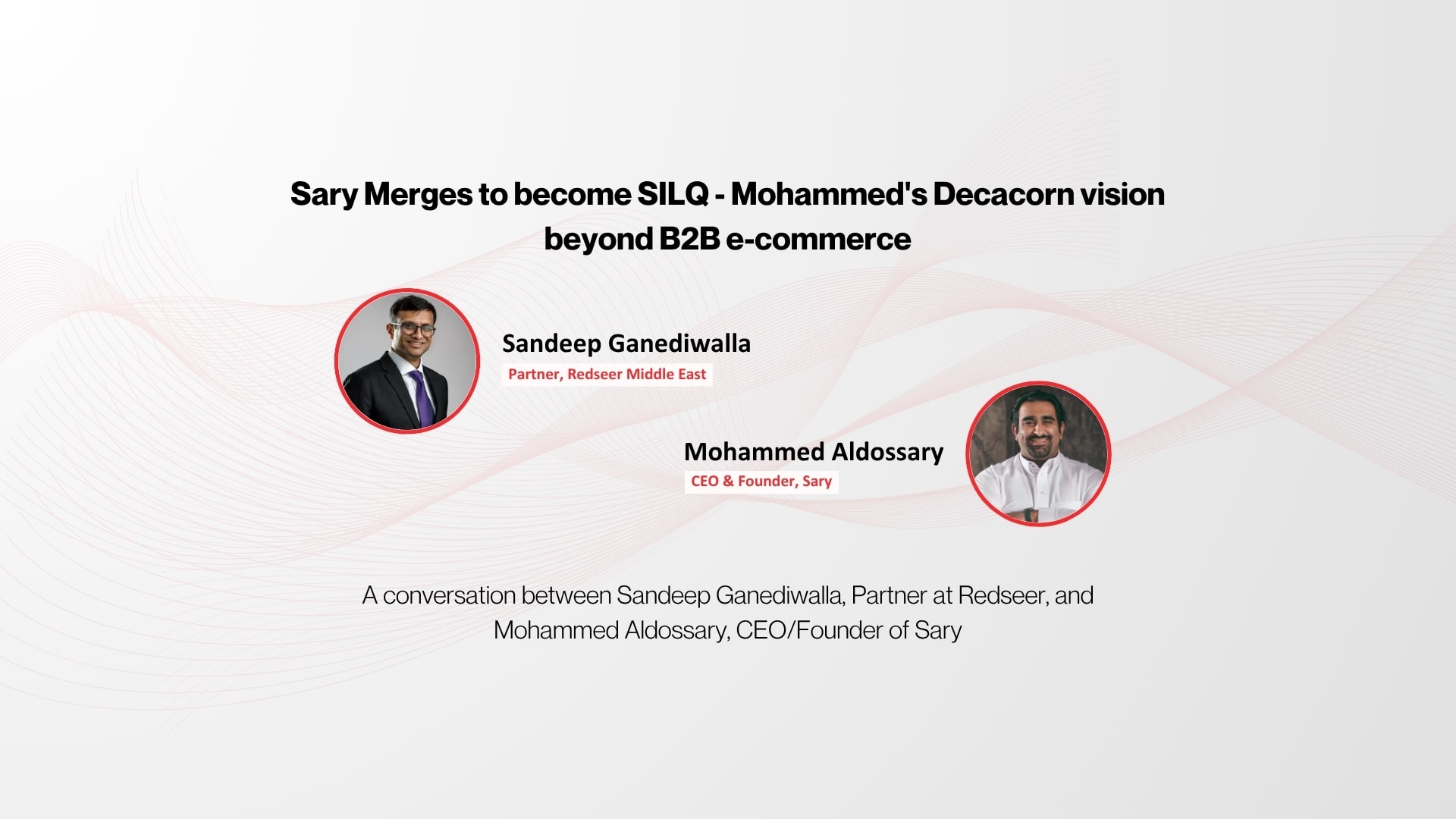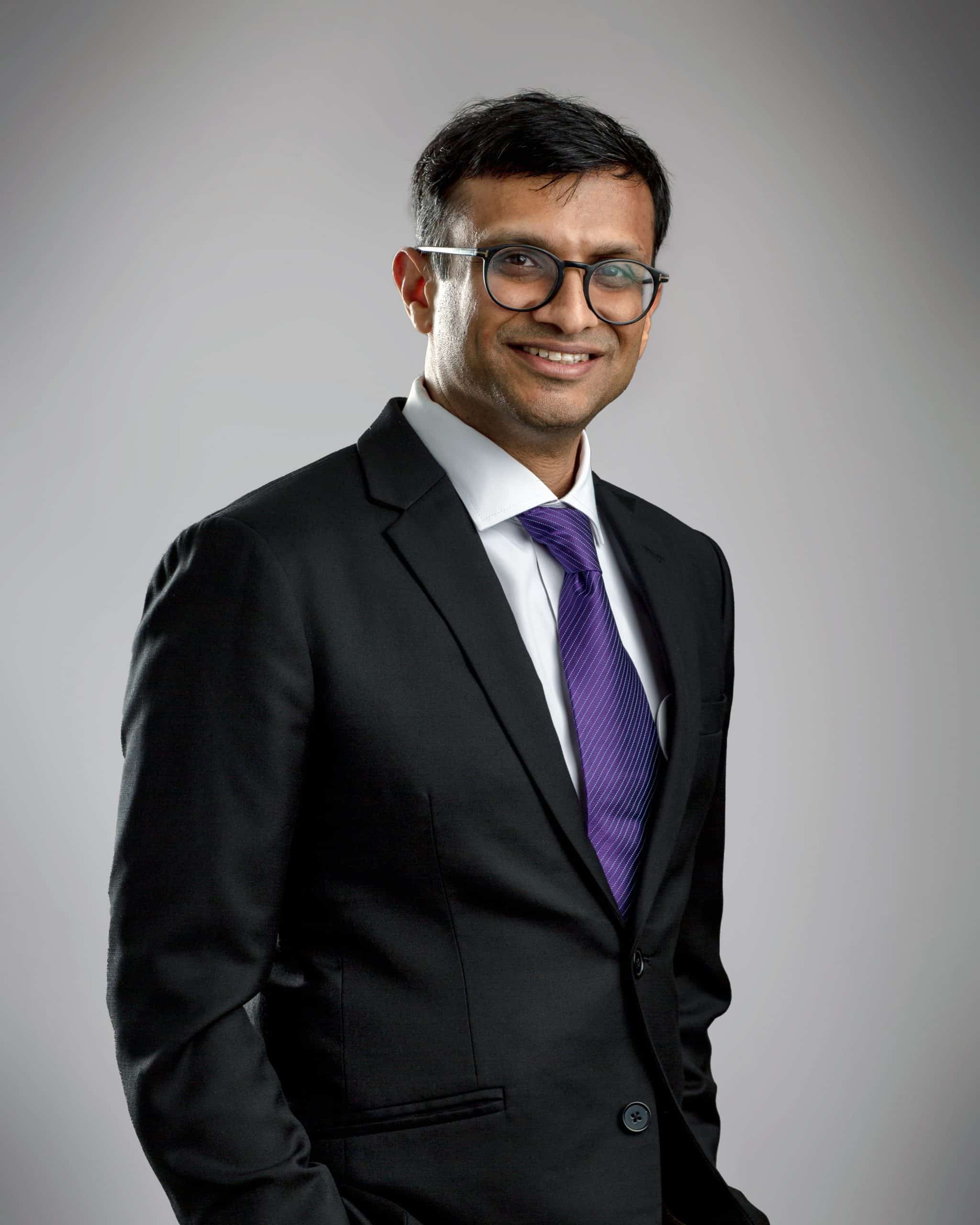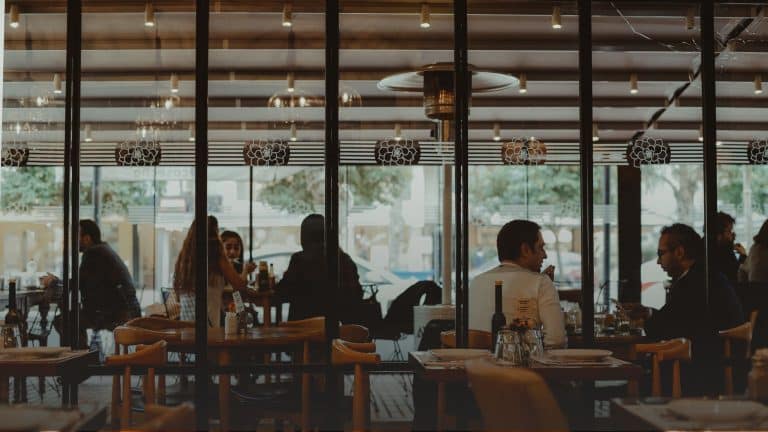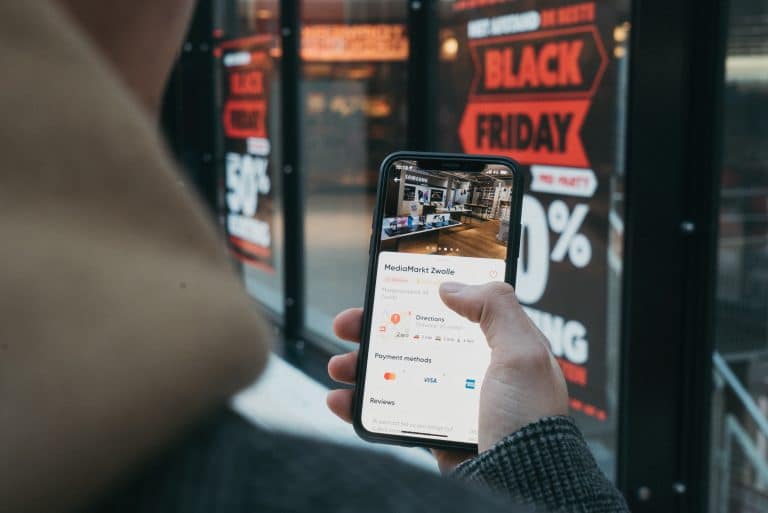A conversation between Sandeep Ganediwalla, Partner at Redseer, and Mohammed Aldossary, CEO/Founder of Sary
Editor’s Note
The MENA startup ecosystem witnessed a landmark moment with the merger of Saudi Arabia’s Sary and Bangladesh’s ShopUp to create SILQ, backed by $110 million in funding. This rare cross-border consolidation represents one of the region’s most ambitious plays to build a global B2B commerce and fintech platform serving the “hustle economy.”
At Redseer, we had the privilege of supporting this historic transaction through our GAC filing work. We sat down with Mohammed, Sary’s founder, to understand the strategic vision behind this merger and how two companies from different emerging markets came together to create what could become the region’s next decacorn.
Introduction
Sandeep: Mohammed, congratulations on the Sary-ShopUp merger creating SILQ. This feels like a 1+1=11 story. I’m excited to understand the backstory of how this came together.
Mohammed: Thank you, Sandeep. It’s been quite a journey. We celebrated both our 6th anniversary and the conclusion around the same time in April, so we had double celebrations.
Early Journey: From Investment Banking to B2B Commerce
Sandeep: Let’s start from the beginning. How did your journey into B2B commerce begin?
Mohammed: About 15 years ago, I was an investment banker with RBC Royal Bank of Canada. One project I worked on was about food security and supply chain, which first exposed me to this space. I then came back to the region and worked with Careem for three years as one of the early market launchers.
At Careem, I oversaw the Super App mandate, particularly building food delivery. That’s where I learned about small businesses struggling with the first leg – procurement. Everyone was solving the second leg, catering to customers, but no one was solving the first leg. That became my intention for creating Sary.
Sandeep: When did you actually start, Sary?
Mohammed: We started in 2018. April was actually our 6th anniversary, so we’re moving into our 7th year now.
The Three Phases of Sary’s Evolution
Sandeep: How would you describe Sary’s journey over these seven years? Were there distinct phases?
Mohammed: I see three clear phases.
Phase One was pure marketplace. We started when no one believed B2B needed to be digital – WhatsApp was considered sufficient. We pushed heavily for sellers and buyers to transact online for higher convenience, visibility, and transparency. By 2019, we had grown 10x and reached about $20 million in annual GTV.
Phase Two came with COVID in 2020. We had a scalable model and were contribution margin positive, almost reaching profitability. But COVID made most informal suppliers obsolete. We had to decide between continuing as a marketplace and missing trade opportunities or capturing the crisis and shifting the ecosystem to our platform.
We became a hybrid model – marketplace plus infrastructure capabilities. We’d help suppliers stock inventory with us and handle deliveries. The $20 million became $200 million, so we grew 10x again. By 2022, we reached a billion-dollar run rate.
Phase Three started when inflation and recession concerns hit. Instead of sprinting through the momentum and potentially getting hit, we chose to recalibrate. We transitioned away from asset-heavy operations, gave inventory to third-party partners, and focused on lightweight digital infrastructure – fintech, point-of-sale, and payments.
We’re now back to scale, making roughly $900 million annually within our ecosystem. We’re EBITDA positive in SaaS and fintech, with e-commerce moving progressively toward profitability.
The Strategic Case for Merger
Sandeep: What drove the decision to merge? Was it a need for cash, scale, or sustainability?
Mohammed: We were growing extremely well – 10x year-on-year growth. But that level of growth needed significant capital, and the market wasn’t ready for that level of investment. The market was compensating for maybe 40% growth with profitability, not our 10x growth model.
Today, we’re reaching profitability across many business lines, so the question has become about exit strategy. Should we aim to become a unicorn and unlock value through an IPO in the next 3-5 years? Or do we consolidate to aspire to become a decacorn?
We chose the second scenario. We want to build something more impactful rather than settle for a premature IPO. In the region, after Series B, everyone asks about pre-IPO funding. But when I speak to investors in New York about a 3–5-year-old company, they ask why we’re even talking about an IPO.
Sandeep: How did you specifically identify ShopUp as the right partner?
Mohammed: We spoke to many B2B e-commerce players globally over seven years. All of us were obsessed with the same problem – most business is done informally and has been abandoned by the ecosystem. Each company attacked from different angles, but we had similar DNA.
ShopUp stood out for several reasons. Bangladesh was never on our radar initially, but it’s a market with high barriers to entry – if you win it, you own it. It’s a Muslim country with user behavior similar to Saudi, and the largest expat community in Saudi Arabia is from Bangladesh.
We tested commercial synergy during Ramadan a few years ago – eight containers of products from Bangladesh sold before even arriving in Saudi. We kept building on that success.
Sandeep: You’ve led Sary from the ground up, and now you’re taking on the role of CEO at SILQ Financial. What made you decide to personally lead this vertical?
Mohammed: I took on the CEO role at SILQ Financial because it sits at the heart of everything we’re building. If you want to digitize trade in emerging markets, you need to solve for capital – how it’s accessed, moved, and deployed. SILQ Financial gives us the rails to do that. It’s not just a fintech play; it’s the engine that powers scale across the entire ecosystem.
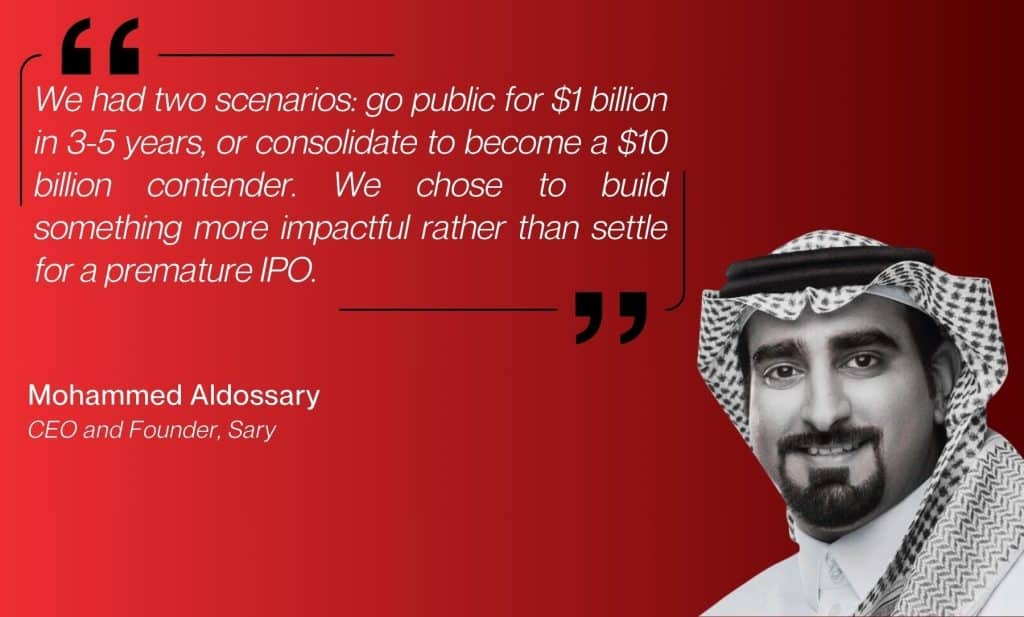
The Cross-Border Vision
Sandeep: What’s the strategic vision for this cross-border platform?
Mohammed: We call it the “hustle economy stack.” First, we help you buy better. Then we will help your cash flow become better. Later, especially with our POS system, we will help you operate better. Eventually, with AI, we want to optimize operations through automation.
The network effect becomes very clear in cross-border trade. A manufacturer in Bangladesh can serve a Saudi restaurant, creating embedded value within our strategy. Bangladesh is just the first step – there will be other countries serving this network.
Sandeep: What’s the addressable market size you’re targeting?
Mohammed: If you look at South Asian markets and Saudi, this is almost a trillion-dollar market for SMEs only. SME financing in Saudi alone is $300 billion today, expected to grow to $600 billion in the next five years as SME contribution to GDP increases from 25-30% to 45%.
If we capture just 1% of that financing market, that’s $6 billion. Add payment processing – 75% of payments are now electronic – plus the AI and data opportunities with our proprietary ecosystem data, and the opportunity becomes massive.
Building SILQ: The Integrated Platform
Sandeep: How do the businesses integrate under SILQ?
Mohammed: Think of it as a comprehensive stack for the hustle economy. Our e-commerce layer helps you trade better. We have created a new vertical – SILQ Financial – which I will lead. This vertical has two mandates: develop unique B2B financial products for the market and build a robust financial infrastructure for our e-commerce layer.
This includes cash management, payment collection, and financing – all available whether you’re a small manufacturer, distributor, or retailer. We’re launching our rebranded POS system called “Omni” this week – it’s an operating system that helps you manage all sales channels, sourcing decisions, supplier integration, advertising, financing, and pricing strategies.
Sandeep: What are you most proud of achieving so far?
Mohammed: Two things stand out. First, we’ve built and attracted the best talent in Saudi – we’ve been ranked the top three startups on LinkedIn for three consecutive years. We’ve created a culture where people leave for better pay but come back because they miss the autonomy and excitement.
Second, I’m proud of pioneering the B2B space. In 2018, at STC Accelerator, everyone was talking about gaming and food delivery. We talked about wholesale, and it was perceived to be a boring sector. By 2023, the same accelerator told me that out of their applicants, almost 150 were B2B e-commerce companies – all saying they’re “the Sary for coffee beans” or “the Sary for cosmetics.”
We created a benchmark where people now think the B2B economy is worth disrupting rather than following the status quo.
Looking Ahead: The Decacorn Vision
Sandeep: What’s your vision for the next five years?
Mohammed: Three key goals: First, can we build a story bigger than us and bigger than Saudi – something that connects emerging markets and reflects their power with a strong market position.
Second, can we empower one million hustlers by giving them full capability to run their businesses better through financing, smart trading locally or cross-border?
Third, can we build one of the best working cultures that generates future entrepreneurs? If I achieve these three things, I can retire happily.
Sandeep: So, you’re no longer thinking unicorn – you want to become a $10 billion or even $100 billion company?
Mohammed: Exactly. We initially wanted to be a billion-dollar company. Now we’re aiming to become a $10 billion company, potentially more. The market opportunity is there, especially with the tailwinds in SME financing, electronic payments, open banking, and AI.
This is our prime time to build something truly impactful rather than settling for incremental growth.
Conclusion
Sandeep: This has been incredibly insightful. Thank you for sharing the SILQ story with us.
Mohammed: Thank you, Sandeep. It’s been a pleasure discussing our journey and vision. At SILQ, we aim to be the North Star for emerging market commerce – guiding small businesses with clarity, direction, and trust. We’re excited about what lies ahead, both for SILQ and the broader ecosystem we’re helping to shape.

